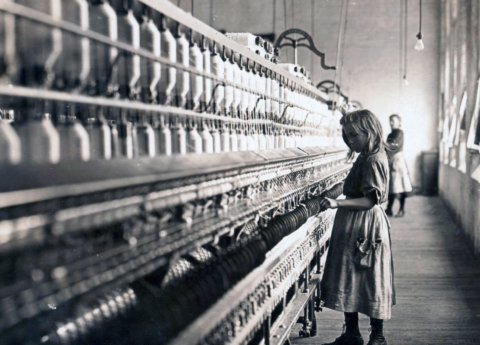The effort to pass a so-called right-to-work law in Kentucky has now moved to the local level with the first such ordinance passed in Warren County. While the proponents of these laws claim they are about creating jobs, the real goal is to cut workers’ wages by making it harder for them to stick together and stand up for their interests.
And in the states that have such laws, that’s exactly what has happened.
The evidence is clear that workers in states with right-to-work laws have lower wages and benefits than those in states without them. The average full-time, year-round worker in a right-to-work state makes $1,500 less per year than a similar worker in a state that is not right-to-work, a study by the Economic Policy Institute shows. Jobs in right-to-work states are also less likely to have employer-provided health insurance and pensions.
Compensation is lower in these states because right-to-work laws weaken workers’ voices by limiting their ability to financially sustain unions. When workers have fewer opportunities to band together, they are less likely to end up with their fair share of earnings.
And it’s not just union workers who have lower wages and benefits in right-to-work states, but non-union workers as well. That’s because non-union employers must provide better wages in states where unions are more common in order to compete for the workers they need.
Proponents promise these laws will open the floodgates to new employment, but states that are right-to-work are not more effective at growing and attracting jobs. In fact, seven of the 11 states with the highest unemployment rates are right-to-work states, and 12 of the 15 states with the highest poverty rates. After Oklahoma passed right-to-work in 2001, its trend of growing manufacturing employment in the decade prior to the law was reversed.
What drives the creation of good jobs in states and localities is not a race to the bottom on wages, but completely different factors including the presence of a skilled workforce, a high quality of life and a modern infrastructure. Also, jobs are created when workers have money in their pockets to spend because of decent wages, which right-to-work inhibits.
While right-to-work laws won’t make businesses flock to the state, limiting workers’ voices will worsen the job quality challenges so many Kentuckians—and Americans—are facing. Real workers’ wages have barely grown for decades even as incomes soar at the top. Half of all income gains since 1979 have gone to the richest one percent. That’s not because of a lack of economic growth, but because the gains from growth are not being shared.
The plan to create so-called right-to-work laws is being orchestrated nationally by big corporate interests that are spending millions to make it happen. Leading the charge are organizations like the American Legislative Exchange Council and the Heritage Foundation that are funded by the Koch brothers and other billionaire elites. When unions are weaker, it’s easier for the wealthy and powerful to have their way at work sites and on a range of public policy issues affecting their bottom line.
These laws are part of a plan to create what you might call a low road economy—one that distributes wealth up from workers and communities to wealthy CEOs and Wall Street investors. It’s a great idea for the richest one percent, but a losing one for Kentucky families.
Prosperity doesn’t demand that workers silence their voices and accept lower wages. In fact, a high road economy is built on the exact opposite: citizens and workers who are skilled and engaged, and whose earnings are enough to boost the whole economy when they are spent.
That’s the proven economic path we should be pursuing.
Published in the Nelson County Gazette on December 23, 2014.



